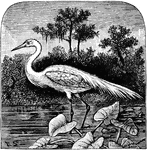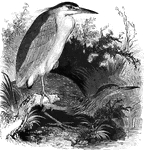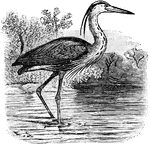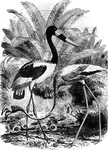Clipart tagged: ‘Heron’
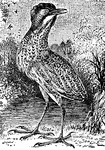
Bittern
"The bitterns are distinguished from the herons proper, besides other characteristics, by having the…
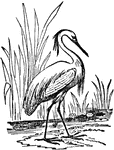
Egret
"A name often given to various species of Heron, particularly those which, at least during the breeding…

European Great White Egret
"Herodias. Great Egret Heron. Character of Ardea proper, excepting in plumage; color white; no crest;…
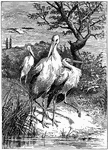
Egrets
An egret is any of several herons, most of which are white or buff, and several of which develop fine…

Heron's Fountain
An illustration of Heron's fountain. Heron's fountain is a hydraulic machine invented by the first century…

Heron
Herons are found on the edges of rivers, lakes and marshes and live on fishes, reptiles and sometimes…

Heron
Herons are found on the edges of rivers, lakes and marshes and live on fishes, reptiles and sometimes…

Heron
Herons are found on the edges of rivers, lakes and marshes and live on fishes, reptiles and sometimes…
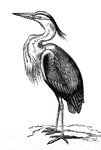
Heron
These wading birds mostly spend their time wading about in shallow water, feeding upon small fishes,…
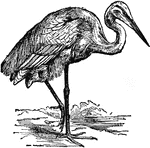
Heron
"Heron is the common name of birds of the genus Ardea. The herons are distinguished by having a long…

The Pelvis of a Heron
"Pelvis of a heron (ardea herodias), nat. size, viewed from below; from nature by Dr. R.W. Shufeldt,…
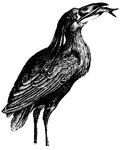
Boatbill Heron
This heron has a bill like an overturned boat. It also has a beautiful black crest that falls down behind…

Common Heron
"The most typical forms of Ardea (Common Heron) are large slaty-coloured birds, varied by black, rufous,…

Gray Heron
Also known as the crested heron, the European gray heron ranges from Middle and Southern Europe into…
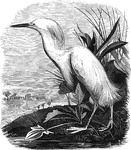
Great White Heron
White, often with a yellowish tinge, the great white heron of America closely resembles its European…

Purple Heron
"twenty-nine inches long; slate-gray above; dark maroon and slate-gray beneath ; found in the warmer…
The Grey Heron
"The Grey Heron in full flight. In the heron the wings are deeply concave, and unusually large as compared…
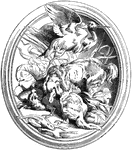
Sculpture
This sculpture is two dimensional. It represents two dogs fighting over a heron's nest in a high relief…
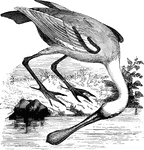
Roseate Spoonbill
Drawing its name from the widing of its bill towards the tip, the spoonbill frequents coastal and marshy…
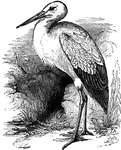
White Stork
Measuring about three feet in length, the white stork migrates to Europe during the summer, and back…

